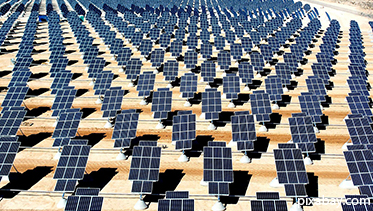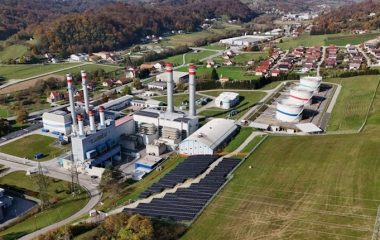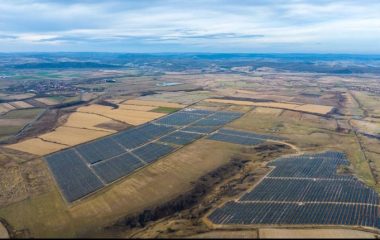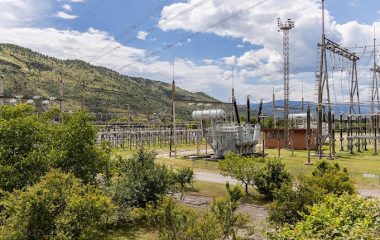
Last year Greece had the biggest expansion of the capacities for solar thermal energy among the markets followed by Balkan Green Energy News, according to Solar Thermal and Concentrated Solar Power Barometer published by EurObserv’ER. The country added 189.4 MW of thermal power to top an overall capacity of 3 GW, making it third in the EU, while Germany leads with 12.59 GW, after adding 644 MW in 2014, followed by Austria, which increased its facilities by 108.3 MW to 3.62 GW, the report said.
The edition on the use of energy of the sun’s rays starts with an update on the development of solar thermodynamic technologies for electricity generation. Capacity of concentrated solar power (CSP) plants in the European Union at the end of 2014 was 2.31 GW. This segment remained stable in 2014 and will probably post a negligible increase this year, the authors of the study said. There were no CSP plants in operation in southeastern part of the EU, but Cyprus had one under development last year – the 50.8 MW dish sterling technology facility Helios Power in Larnaka. Greece had the 75 MW Maximus Dish plant of the same technology under development in Florina, while the 70 MW parabolic through project named Hyperion 1 was being developed in Crete. None of the facilities had a projected commercial date of operation.
The second part deals with the direct use of solar thermal energy. Market for producing heat, domestic hot water and heating from panels has not found the recipe for recovery mostly due to a drop in house sales, the report said. According to EurObserv’ER, new installations were 3.7% smaller than the 2013 level, in a sixth decrease in a row. Total installed area in the EU stood at about 47.1 million square metres (32.99 GW), 5.5% more than a year before, accounting for the three main technologies: flat plate, vacuum and unglazed collectors.
Cyprus is at position 13 in the bloc with 469 MW of thermal energy cumulated, after adding 13.6 MW of capacity last year, and Slovenia is four notches lower with 151 MW, while other EU members in the southeast of the continent are even further down. Still, Cyprus is the leading country by capacities in operation per capita, namely 0.782 square metres or 0.547 kW, followed by Austria and Greece, the latter’s ratio being less than half of that. Slovenia was eighth with 0.104 square meters of panels or 0.073 kW of thermal energy per inhabitant. Greece was in the third position in EU also by added surfaces and net capacity (compared to the sixth place in 2013), almost all being flat plate collectors, but second-ranked was Italy, while the German market increased the most.
From September 26 the energy label will be fixed to all heating and hot water producing appliances, according to new EU regulation. It will enable consumers to decide by performance characteristics and compare efficiency and consumption differences.

















